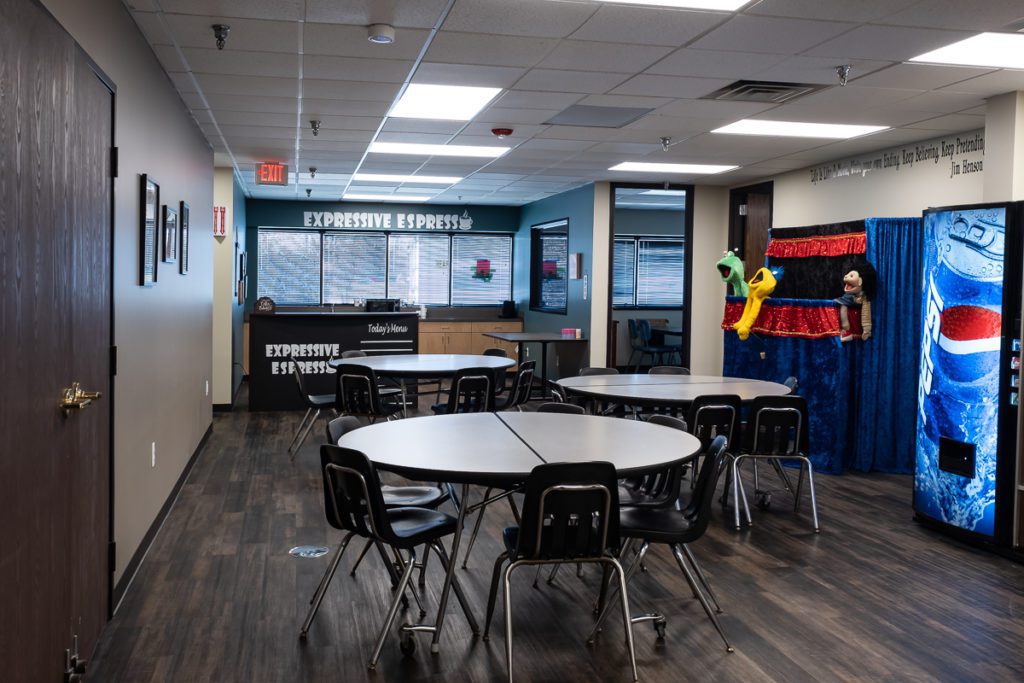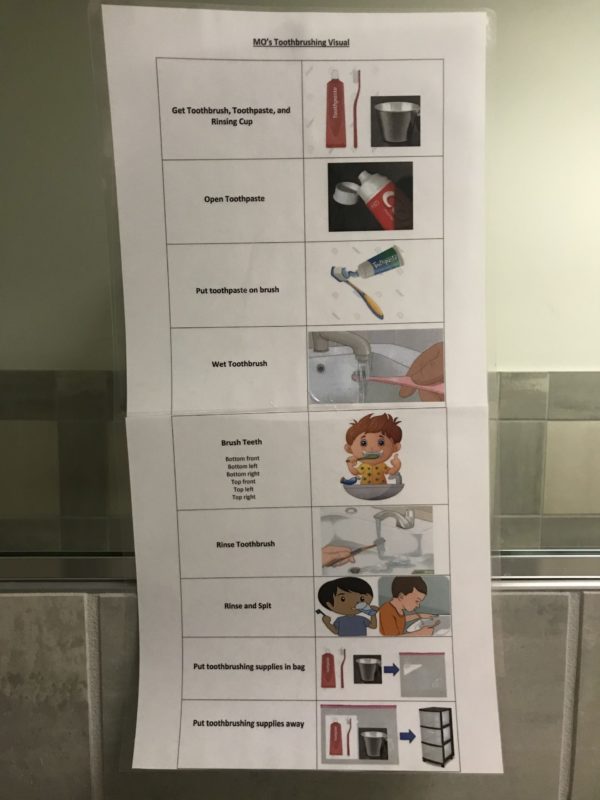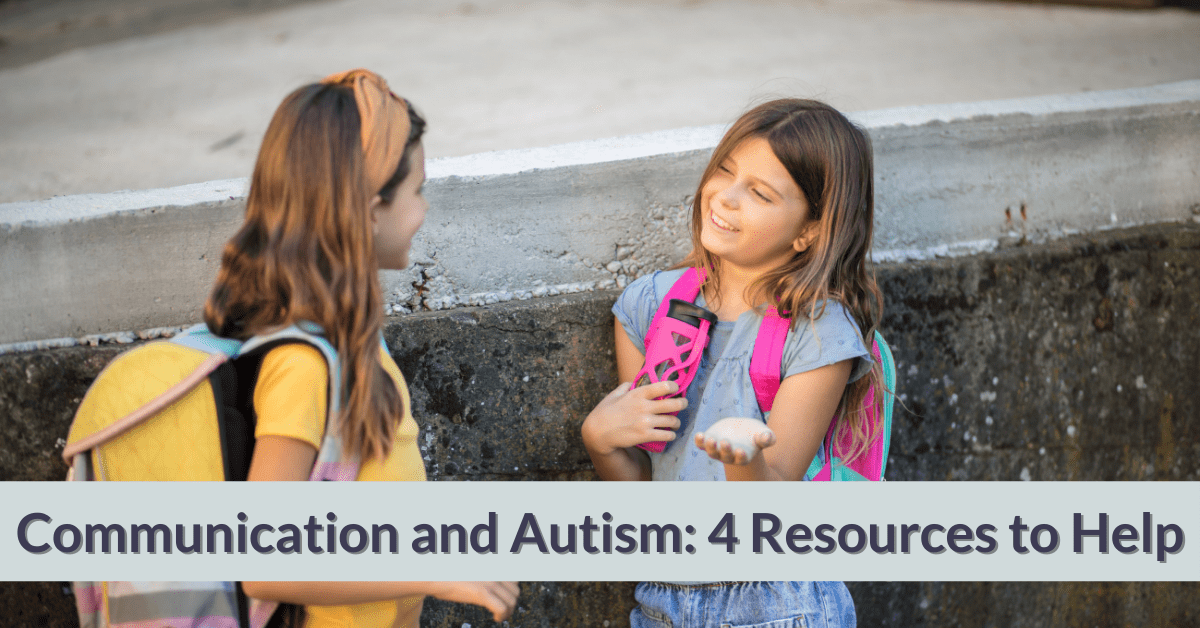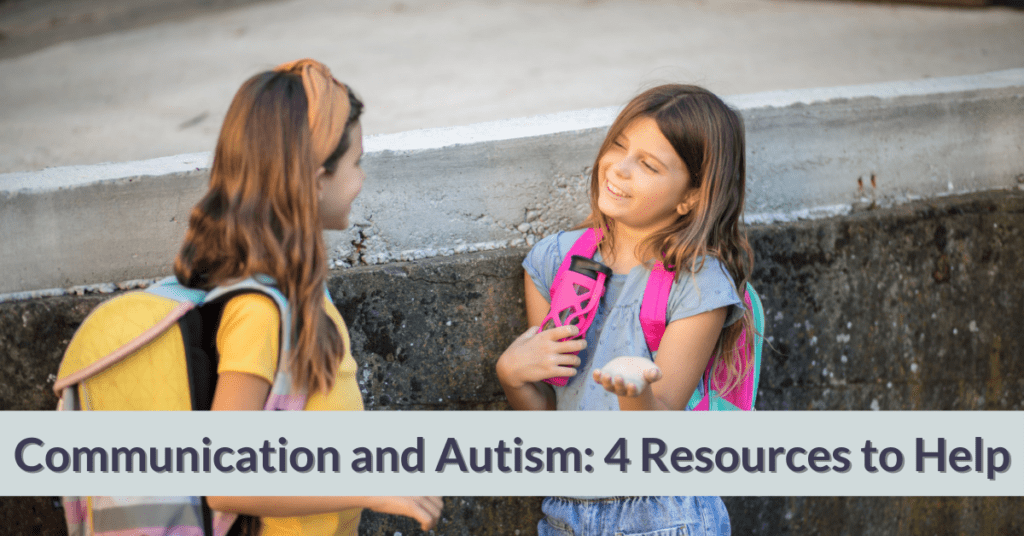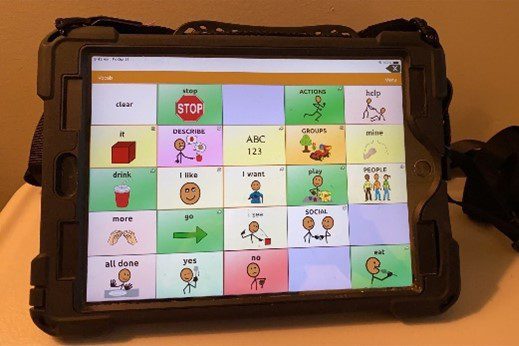
As a parent of a child with autism, you want to know your child will be cared for at school. You want to send them to a quality learning environment and for their educators to know and understand your child. In order for your child to be successful, a positive relationship with your child’s teacher is a must. And establishing that relationship can also help alleviate stress on you. (This is a foundation of who we are at Healing Haven – providing strategies for parents to help manage their stress when you’re parenting a child with special needs.)
Here are some ways to foster positive teamwork between you and your child’s teacher to ensure a good school experience for your child.
1. Communicate well
This one is intentionally listed at the top- good communication is key to any healthy relationship! It is the foundation to how the school year will play out, how you will work through concerns, and greatly influences your child’s degree of success.
When communicating, especially for the first time, address your child’s teacher by their professional title and use a friendly tone. Remember to keep communication with your child’s teacher ongoing throughout the year rather than confined to only IEP meetings and parent/teacher conferences.
2. Start communication early
If you haven’t already, now is a good time to reach out to your child’s teacher. Though the beginning of the school year is typically very hectic for teachers, they highly appreciate this. Teachers often reach out first to parents, but you proactively reaching out shows the teacher you want to be on the same team. Establishing a positive relationship early can help ease solving problems later, as previously established trust provides a common foundation. Ask any and all questions you might have for your child’s teacher to solidify expectations. This keeps you in-the-know about what will happen in the classroom. And if your child has both a general education and a special education teacher, make sure to communicate with both of them.
3. Respect and trust
A trusting relationship between parent and teacher is almost guaranteed to help the teacher better understand the child. Likewise, practicing empathy strengthens relationships. Teachers, just like you in your role as a parent, are doing their best amidst many challenges. Even though it may be hard at first, err on the side of trust with the teacher. Most teachers would not be in their job if they did not want to put their students first and work for their best. Ally with your child’s teacher on the premise that you both want what is best for your child.
4. Go to the teacher first
Another way to build a positive relationship with your child’s teacher is to communicate concerns with the teacher first. It can be off-putting to the teacher when parents skip over communicating with them and go right to the principal to address issues or concerns. If no resolution is reached with the teacher, then consider bringing your concerns to administration.
5. Share about your child
6. Show appreciation
Showing appreciation is incredibly impactful in building a positive relationship with your child’s teacher. Teachers often hear about the things they are doing wrong, which is very wearisome. Show your appreciation for your child’s teacher throughout the year in small ways, such as sending notes of encouragement and thanks. When the teacher does something you appreciate or value, tell them. Little acts of appreciation mean a lot to teachers as they manage so many pieces.
BONUS Tip: Be a participative parent
We have added this one since we first published this post, so this is our bonus seventh tip: participate in your child’s classroom activities and events, if possible! Not only does participating give you a chance to experience your child’s classroom atmosphere, it shows the teacher that you care and want to be involved. Doing this can also be a great way of meeting other parents and building a community.
A note if your child also does ABA Therapy
Another important person to be brought into this parent/teacher relationship is your child’s BCBA. As teachers become more familiar with ABA therapy and how it benefits their students with autism, introducing them to your child’s BCBA can lead to a collaborative relationship between school and ABA.
Some of our BCBAs attend their client’s IEP meetings. They are another expert voice that can help ensure the proper supports are in place at school so your child can be as successful as possible. BCBAs may also share with a client’s teacher strategies they use in the clinic. By bringing together all professionals working with your child, you can help create a more cohesive learning and therapy experience for your child.
All in all, cooperation between yourself and your child’s teacher not only benefits your child, but can also benefit you in reducing the potential stress of school, IEPs and supports. Remember that teachers want the best for their students and you want the best for your child. Unite on this premise and your child is likely to thrive!




